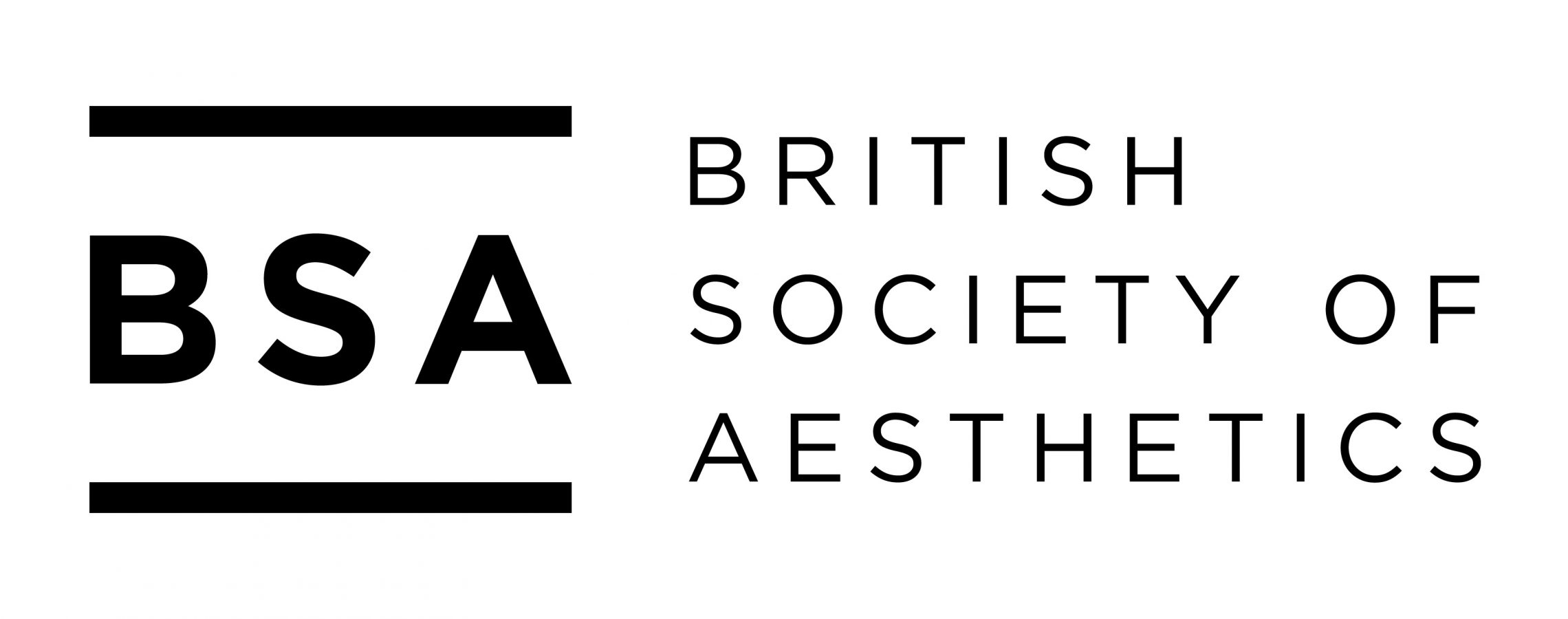Mimetophobia. Who’s afraid of resemblance?
Edited by Michele Di Monte, Benjamin Paul, Silvia Pedone
According to Plato, “God is always bringing like to like, and makes them acquainted.” And yet, the same philosopher also warned us that this is only “half” the truth. Plato’s ambiguity about resemblance carried into modern critical thinking, in which it probably is an even more controversial category. In fact, the very definition of modernity – for instance, in Michel Foucault’s famous account – depends on the opening-up of an epistemological divide, in which resemblance and likeness are “relegated” to a Renaissance episteme in order to neutralize it as an “archaeological” and thus outdated form of knowledge. It is telling, however, that not even Foucault was able to initiate his reconstruction work without acknowledging at least the possibility of there being some kind of recursiveness or similarities, a series of analogies and resemblances within a setting, a time period, or episteme of some kind. At the same time, however, what would the alternative scenario look like of those who remain unconvinced by Foucault’s relegating resemblance into a distant past, other than simply acknowledging the empirical evidence of these “correspondences”? What is the theoretical basis for the historical evidence of the continuing prevalence of the episteme “resemblance” in the visual arts? , which, instead, stubbornly resists those desperate to turn it into a thing of the past.
This (often unacknowledged) conflict between the lasting influence of mimesis and its critics underlies much of 20th-century history and art theory, but not only. Thus, it already can be found in the writings of, say, Saint Augustine or Lessing before, in the 20th century, it will be picked up by a group of very different authors ranging from Riegl and Fiedler to Goodman and Greenberg, up to the protagonists of the Iconic Turn. All of them reject figuration and mimesis because it puts at risk the supposed “epistemic” autonomy and purity of the visual arts. For that reason, the refusal of mimesis was hailed as a historical accomplishment, as emancipation and deliverance of the visual from its sister arts and any natural foundation that could not be reduced to cultural or historical relativism. Moreover, this celebration of the purity of the medium went along with the simultaneous discovery of the “power of images” and the “agency of art,” which freed images from their mimetic limitations and, instead, attributed to them the ability to create rather than re-produce reality. The antimimetic attitude, thus, turns into an ideological position built on a shaky theoretical foundation. This monographic edition of Elephant and Castle will focus on the origins, reasons, and consequences of what it calls mimetophobia. Our goal is not only to discuss the history and modes of iconoclasm; anthropological anxiety, ancient and modern, of images, above all of those ones which resemble “too much”. In addition, we are also interested in analyzing the more elusive anxiety of acknowledging the gnoseologic and cognitive presuppositions that are the condition of any kind of both iconoclasm and iconophilia. In the wake of important discussions of the fear of the Other and otherness, it seems as if the time has come to look at the “other half” of the problem, the anxiety of Like and likeness.
Our call for papers, therefore, welcomes a variety of takes on the subject, including theoretical, critical, and methodological approaches in addition to focused case studies. It is not limited to any period or culture and invites interdisciplinary studies. We ask for abstracts that do not exceed 1000 letters and a short biography (max 5000 letters), both of which have to be submitted by June 15th, 2020 to the following e-mail addresses: michele.dimonte@beniculturali.it, bpaul@rci.rutgers.edu, silvia.pedone@lincei.it.You can expect a response from the editors within a month or so as the publication of the monographic edition of Elephant and Castle is scheduled for September 21st, 2020. Contributions may be in Italian, English, French, and German.
